Guadeloupe profile
- Published
This page is no longer being updated. It was last updated on 18 July 2023

Known to its one-time Carib Indian population as "karukera", or "island of beautiful waters", the butterfly-shaped French territory of Guadeloupe is a centre of Caribbean Creole culture.
French, African and Caribbean influences infuse its music, dance, food and widely-spoken patois.
Guadeloupe's economy is kept afloat by public salaries and credits from Paris. Unemployment has been a long-running malaise, although its effects are tempered by France's generous social security system.
Agriculture revolves around sugar cane and bananas; the latter is troubled by regional competition and the phasing out of preferential European quotas.
Tourism is also a key earner with visitors, mostly from the US, drawn to Guadeloupe's resorts, beaches, waterfalls and forests.
Read more country profiles, external - Profiles by BBC Monitoring, external
GUADELOUPE: FACTS
Capital: Basse-Terre
Area: 1,628 sq km
Population: 384,200
Languages: French, Antillean Creole
Life expectancy: 76 years (men) 82 years (women)
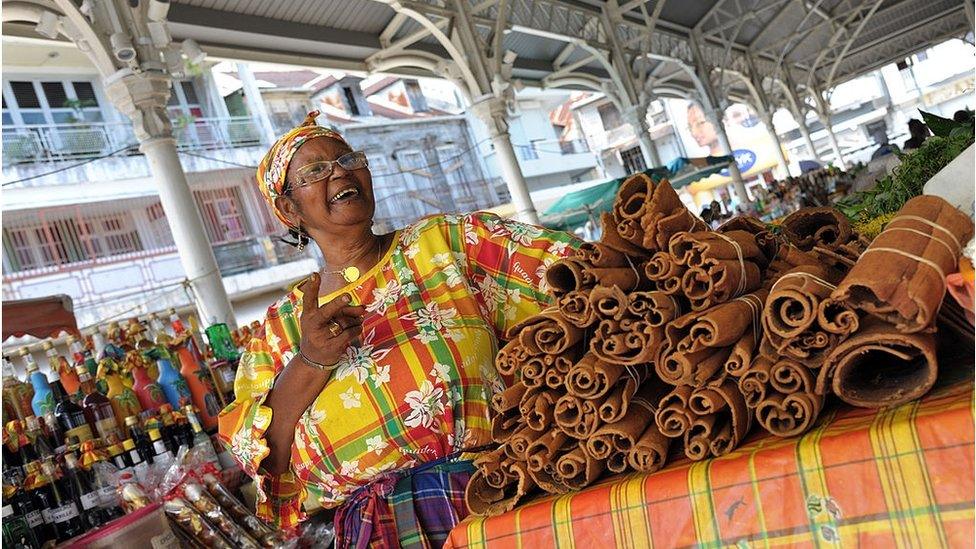
Cinnamon is among the spices sold at the Saint-Antoinee market in Pointe-a-Pitre
LEADER
Head of state: President of France
Guadeloupe is administered as a part of the French mainland.
Regional and departmental councils, elected by popular votes, oversee legislative and day-to-day affairs. Guadeloupe sends representatives to the National Assembly and to the Senate in Paris.
MEDIA
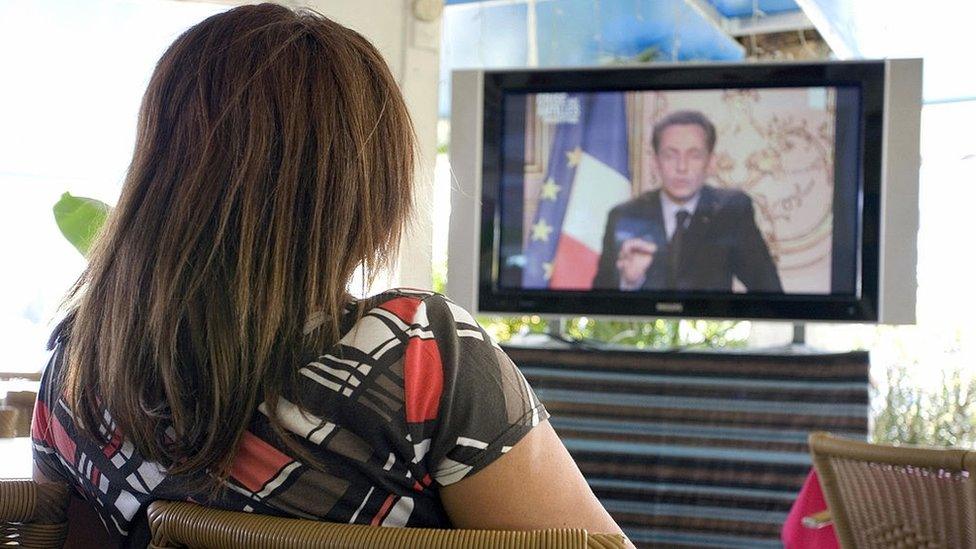
The RFO TV and radio network operates in France's overseas departments and territories
Commercial broadcasters operate alongside services provided by public broadcaster Reseau France Outre-mer (RFO).
TIMELINE

Like many areas in the Caribbean, Guadeloupe is prone to damage from tropical storms
Some key dates in Guadeloupe's history:
700 BC - First inhabited by the Amerindian Arawak people, who are displaced by Carib Indians in 1000AD.
1493 - Visited by explorer Christopher Columbus but the Carib Indian inhabitants resist Spanish attempts to settle.
1635 - French colonialists establish a settlement, wiping out the Carib population and bringing in African slaves to work on sugar plantations.
1700-1800s - Several British occupations and a brief period of nominal Swedish rule before the territory is restored to France in 1816.
1946 - Becomes a French overseas department
1958 - Chooses to remain a French possession over independence
1976 - La Soufriere volcano erupts causing half the island to be evacuated
1980 - Becomes a French administrative region
1980s - Campaign for secession flares up when pro-independence groups bomb hotels and government buildings
2009 - Violent protests follow a general strike over the cost of living. France offers Guadeloupe hundreds of millions of euros in new subsidies.
2021 - Widespread demonstrations against Covid-19 restrictions take place on Guadeloupe and Martinique. While the protests begin over coronavirus curbs, they grow into calls to address longstanding issues in French territories, such as poverty and high unemployment.
There are also demonstrations over compensation for farm workers suffering from the effects of the insecticide chlordecone, widely used up to 1993 in both Guadeloupe and Martinique.
The French public health agency estimates that over 90% of the adult population of Martinique and Guadeloupe suffer from chlordecone poisoning. It has been linked to prostate, stomach and pancreatic cancer.
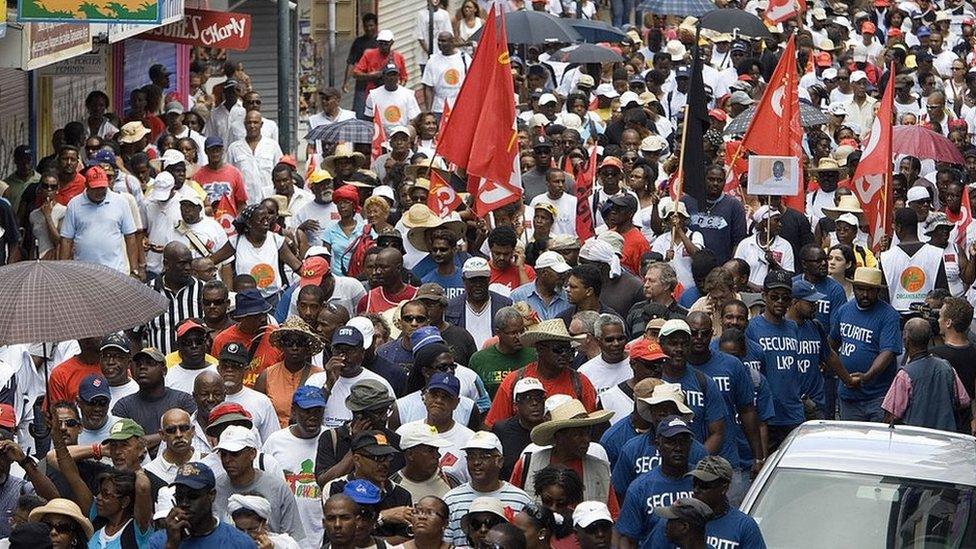
A month-long general strike in 2009 plunged Guadeloupe into violent protests
Related topics
- Published29 August 2023
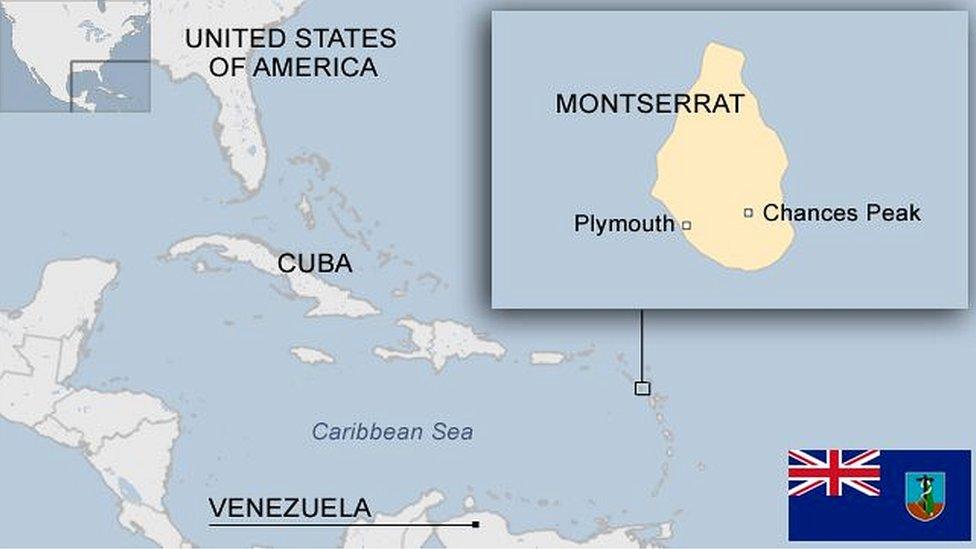
- Published28 August 2024
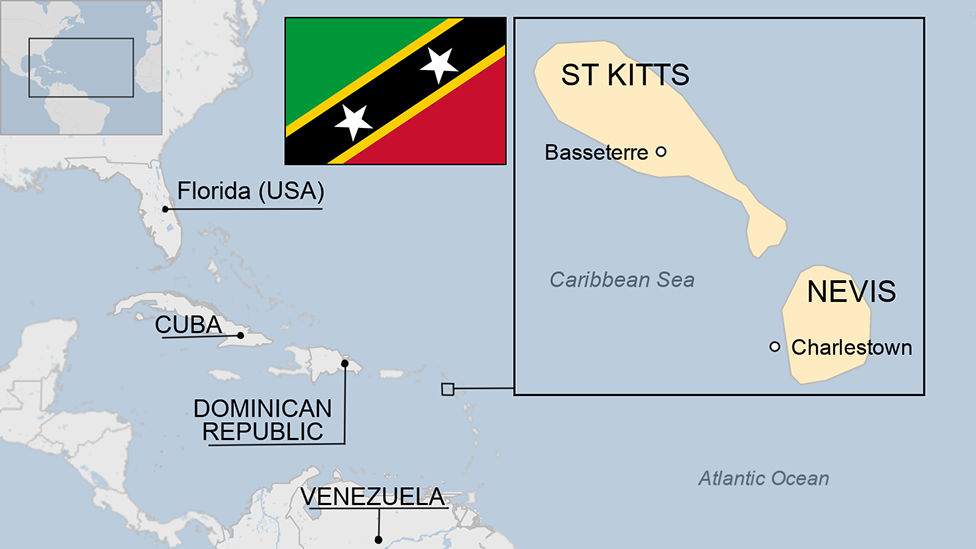
- Published25 August 2023
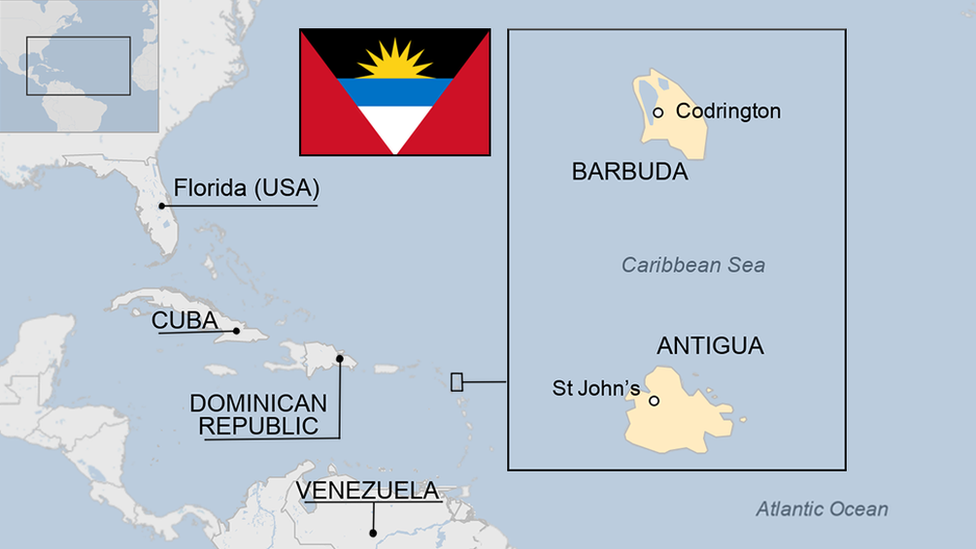
- Published2 April 2024
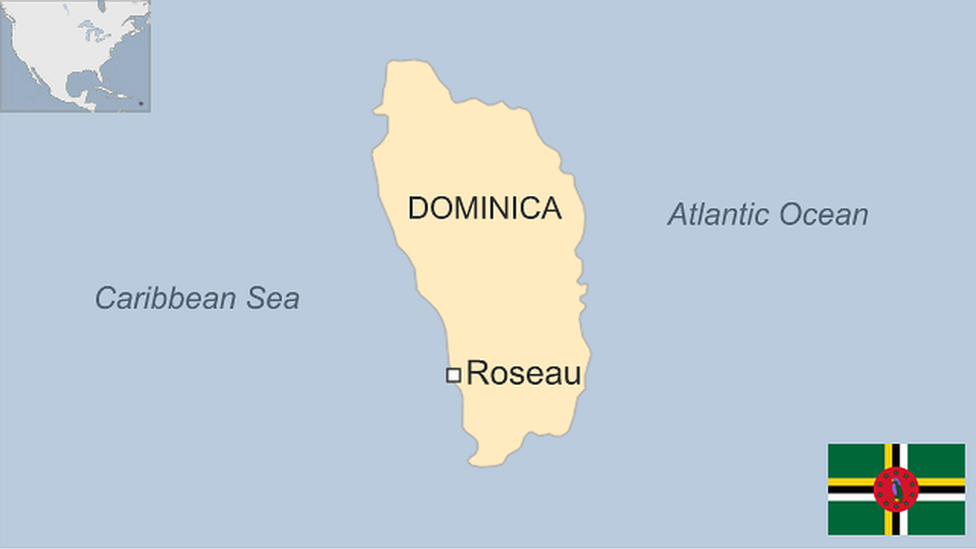
- Published10 July 2023
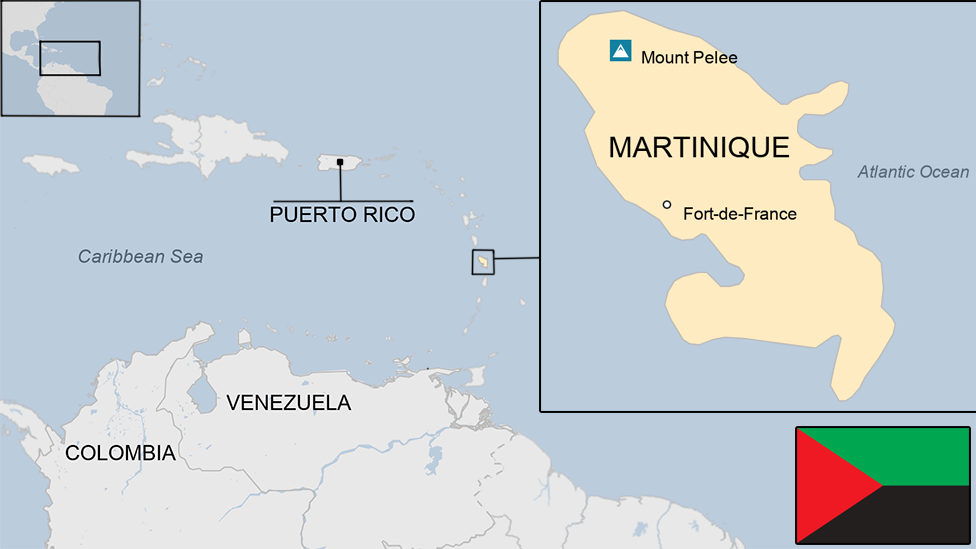
- Published2 April 2024
